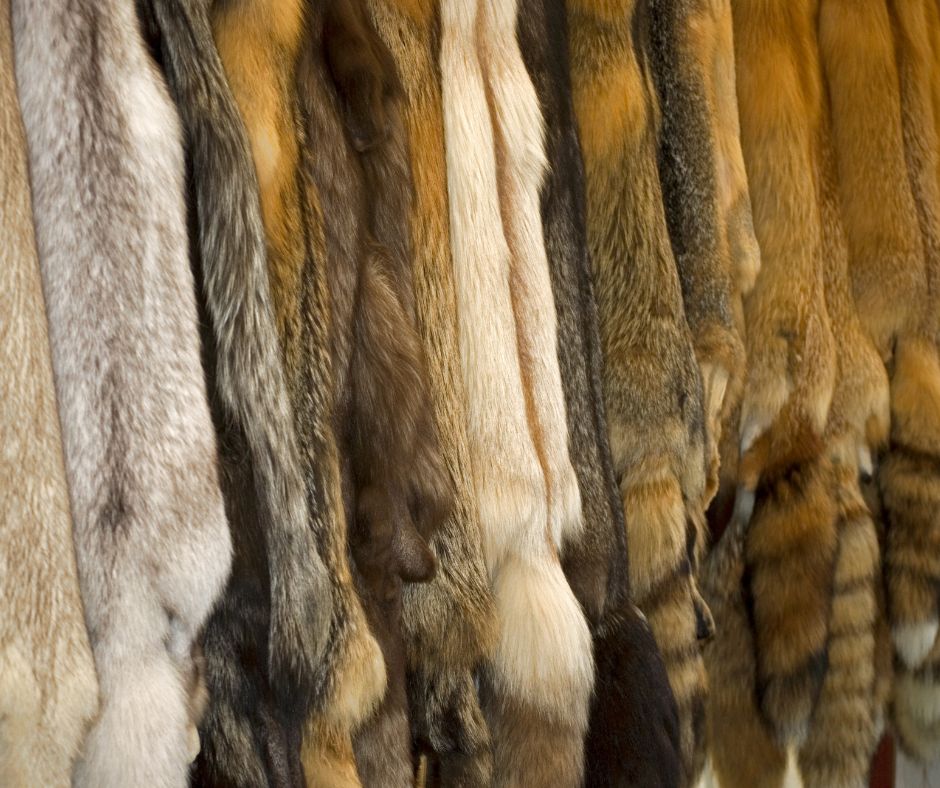In recent times, the fur industry has witnessed a notable trend: a steady ascent in fur pelt prices. This surge, driven by a multitude of factors, has prompted both speculation and analysis within the realms of fashion, economics, and environmental discourse. Understanding the dynamics behind this phenomenon unveils a complex interplay of market forces, regulatory shifts, and environmental considerations.
Demand Dynamics
One of the primary drivers behind the escalating prices of fur pelts is the relentless demand emanating from global fashion markets. Despite occasional ethical controversies and shifts towards alternative materials, fur remains a coveted luxury item in many cultures. The resurgence of fur in high-end fashion collections, coupled with the burgeoning demand from emerging markets, has created sustained pressure on the supply chain, leading to price hikes.
Supply Constraints
On the supply side, various factors have constrained the availability of fur pelts, further exacerbating the price surge. Regulatory measures aimed at animal welfare, such as bans on fur farming or stringent trapping regulations, have significantly impacted fur production in certain regions. Consequently, the supply of high-quality fur pelts has dwindled, forcing buyers to compete fiercely for the limited available stock.
Environmental Influences
Environmental factors also play a pivotal role in shaping the fur market landscape. Climate change-induced disruptions, including erratic weather patterns and habitat loss, have directly affected the populations of fur-bearing animals. Instances of extreme cold or heatwaves can decimate local populations, leading to supply shortages and subsequent price escalations. Moreover, heightened awareness regarding sustainability and eco-conscious consumption has spurred interest in natural, biodegradable materials like fur, further amplifying its allure and contributing to price appreciation.
Economic Considerations
Fluctuations in currency and macroeconomic trends can put extra pressure on the prices of fur pelts. Since the fur trade is international, changes in exchange rates can have a significant impact on the cost of importing or exporting fur pelts. In addition, the expenses associated with animal husbandry and feed, as well as rising production costs, contribute to the increasing prices of fur pelts. These factors reflect the broader inflationary trends within the agricultural sector.
The surging prices of fur pelts underscore a multifaceted interplay of demand, supply, regulatory, environmental, and economic factors. While the allure of fur as a luxury commodity persists, ethical considerations and evolving consumer preferences pose challenges to the industry’s long-term sustainability. As stakeholders navigate this complex landscape, understanding the underlying drivers of price fluctuations remains paramount for informed decision-making within the fur market.
In essence, the trajectory of fur pelt prices serves as a microcosm of broader trends shaping the global economy, fashion industry, and environmental discourse, highlighting the intricate interdependencies that define our interconnected world.

